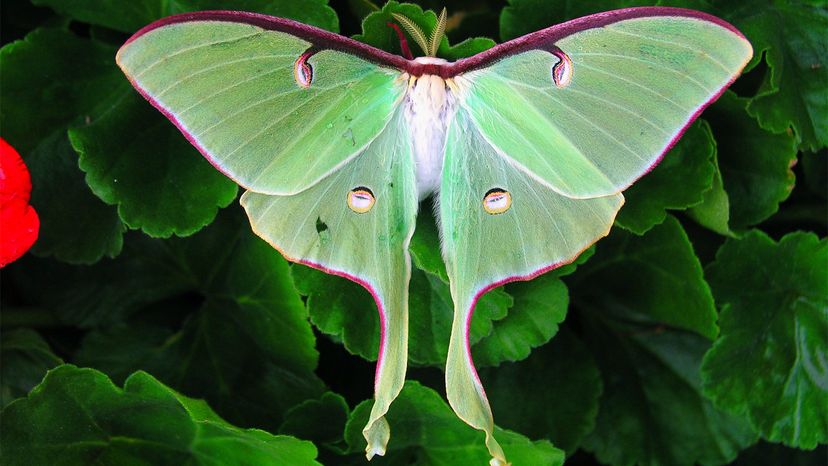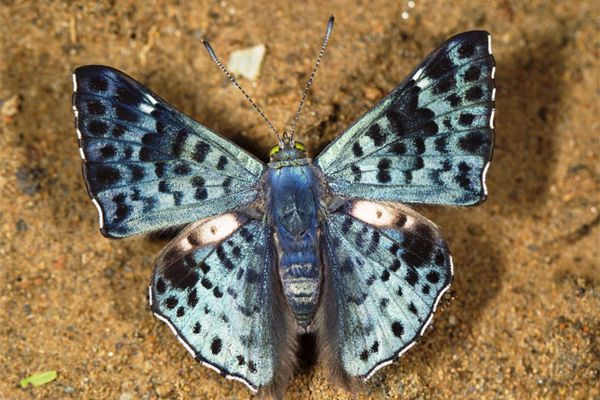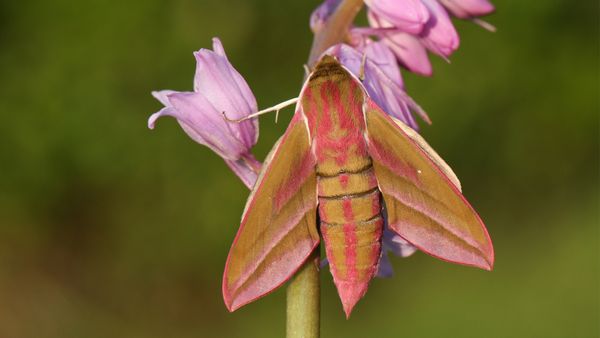
You might not love to hang out with bugs, but some insects are real knockouts. Take the luna moth (Actias luna), maybe the most charismatic mega-moth of them all. You might never have seen one in person, but if you live in the eastern half of North America, it's likely a luna moth lives not far from you.
These large, shapely moths are the size of the palm of an adult human's hand — a delicate green color with eye-shaped spots on their hindwings and little crescent-shaped loops on the forewings. As babies they're fat, segmented, lime-green caterpillars that prefer certain foods: the leaves of hickory, birch, persimmon, sweet gum, walnut and sumac trees. In northern latitudes, there is only one new generation of luna moths born each summer, between the months of May and July, but in the southernmost parts of their range (the eastern U.S., from Florida to Maine, and parts of Canada) two or even three generations can be produced between March and September.
Advertisement
While you may not have seen very many, if any, luna moths in your life, that doesn't mean they're endangered, or even very rare — they're actually pretty common within their range. Part of the reason they're hard to come by is that, like the vast majority of moths, they're active only at night, so unless you're walking around in the dark in a deciduous forest, it's hard to catch them in action.
The second reason has to do with what they like to eat — if you don't spend much time hanging out in stands of the trees their babies like to eat, it's unlikely you're going to see an adult, in the day or night.
And finally, it might be you're looking for the wrong thing. Luna moths spend most of their lives as larvae, but they spend up to five times longer in their baby bodies than in their adult form. The adults don't even have mouth parts to feed with — their only job is to mate and then just be fabulous looking for the week they live as adults, then die.
If you do find a luna moth perched in broad daylight on the side of a tree or building, it could be that it's just emerged from its papery cocoon, and is waiting for its wings to dry. And while it might be tempting to touch it, it's best just to observe it from a respectful distance and count yourself lucky to have witnessed its glory.
Advertisement

